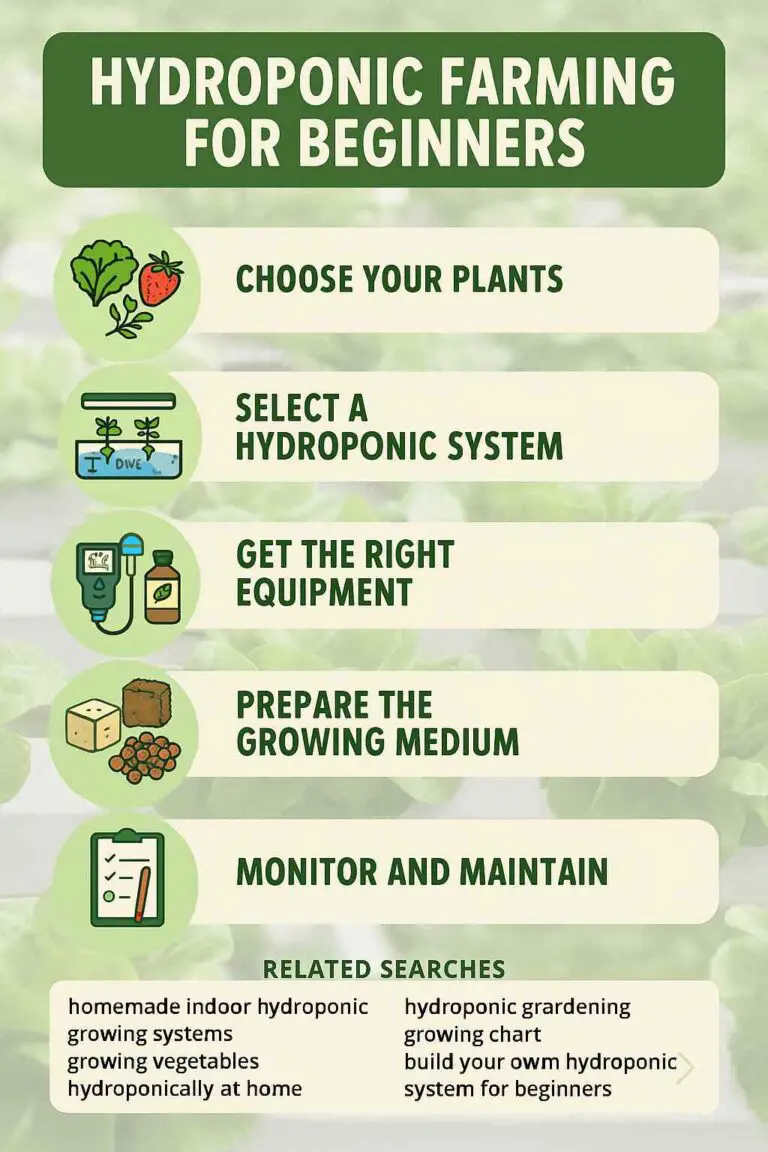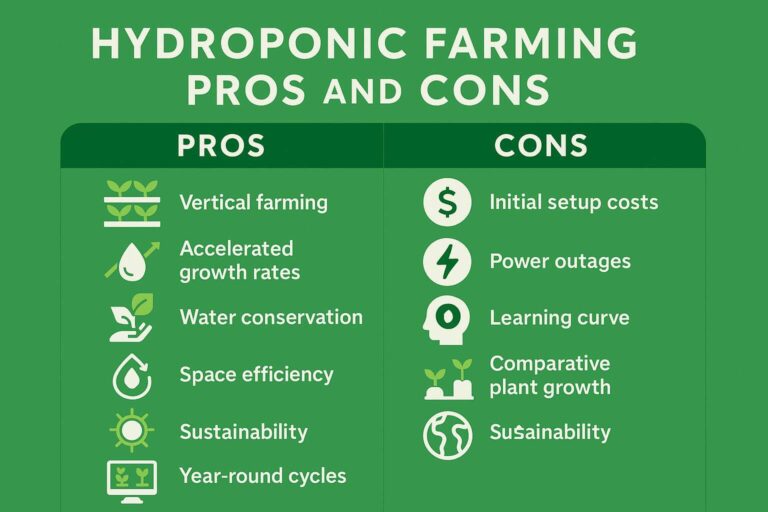Palm trees are often associated with tropical paradises and warm, sunny climates. Their iconic silhouette against a clear blue sky conjures images of beachfront resorts and exotic destinations. However, many garden enthusiasts and homeowners wonder if there are palm trees that can survive winter or thrive in colder regions. In this article, we will explore the world of cold-hardy palm trees, their characteristics, and how to care for them to ensure they not only survive but thrive during the winter months.
The Palm Tree Family
Before diving into the specifics of cold-hardy palm trees, it’s essential to understand the diversity within the palm family (Arecaceae). Palm trees are not a monolithic group but rather a family with a wide range of species, each adapted to different climates and conditions.
Palm Tree Varieties
The world of palms is incredibly diverse, with thousands of species scattered across various continents. Some of the most well-known palm species include the Coconut Palm (Cocos nucifera), Date Palm (Phoenix dactylifera), and the iconic Fan Palm (Washingtonia robusta). These palms are typically associated with tropical and subtropical regions, where the climate remains warm year-round.
The Challenge of Cold Weather
While palm trees thrive in warm, tropical climates, they are not naturally equipped to handle cold temperatures and frost. The majority of palm species are sensitive to freezing temperatures, and exposure to extreme cold can result in damage or even death. However, there are cold-hardy palm trees that have evolved to withstand chilly winters.
Cold-Hardy Palm Trees
1. Trachycarpus fortunei (Windmill Palm)
One of the most well-known cold-hardy palm trees is Trachycarpus fortunei, commonly known as the Windmill Palm. Native to eastern Asia, this palm species is remarkably cold-resistant and can tolerate temperatures as low as 5°F (-15°C). It features large, fan-shaped fronds and a slender trunk covered in rough fibers, giving it a distinctive appearance.
2. Rhapidophyllum hystrix (Needle Palm)
The Needle Palm, scientifically known as Rhapidophyllum hystrix, is native to the southeastern United States. This palm species is exceptionally cold-hardy, withstanding temperatures as low as -10°F (-23°C). Its name comes from the sharp needles that cover its trunk and petioles, serving as protection from predators.
3. Sabal minor (Dwarf Palmetto)
Sabal minor, or the Dwarf Palmetto, is another cold-hardy palm native to the southeastern United States. It is known for its low, spreading growth habit and fan-shaped fronds. This palm can endure temperatures as low as 0°F (-18°C) and is well-suited for gardens in USDA hardiness zones 7 and above.
4. Butia capitata (Jelly Palm)
The Jelly Palm, also known as Butia capitata, hails from South America and is celebrated for its cold resistance. It can withstand temperatures as low as 12°F (-11°C) and produces small, edible fruits resembling jellybeans. Its elegant, feather-like fronds make it a popular choice for landscaping in temperate regions.
5. Chamaerops humilis (European Fan Palm)
Chamaerops humilis, commonly referred to as the European Fan Palm, is the only palm species native to Europe. It is well-adapted to Mediterranean climates and can tolerate temperatures as low as 10°F (-12°C). This palm’s compact size and attractive fan-shaped fronds make it a favorite among cold-hardy palm enthusiasts.
Selecting and Planting Cold-Hardy Palm Trees
When selecting a cold-hardy palm tree for your garden or landscape, consider factors such as your local climate, USDA hardiness zone, and the specific palm’s adaptability. Not all cold-hardy palms are suitable for every region, so research is crucial to ensure success.
Palm trees, even cold-hardy varieties, require specific growing conditions to thrive. Here are some key considerations when choosing a planting location:
- Sunlight: Most palm trees prefer full sun, so select a location that receives ample sunlight throughout the day.
- Soil Quality: Well-draining soil is essential for palm trees. Avoid areas with heavy clay or waterlogged soil, as this can lead to root rot.
- Wind Protection: Cold-hardy palms benefit from wind protection, especially in areas with harsh winter conditions. Planting them near a windbreak, such as a fence or larger evergreen trees, can help shield them from strong gusts.
- Microclimates: Some areas within your garden may have slightly different microclimates, which can affect temperature and wind exposure. Be mindful of these variations when choosing a planting site.
Planting Tips
Once you’ve selected the right cold-hardy palm tree and a suitable location, follow these steps for successful planting:
- Dig a hole that is at least twice the width of the palm’s root ball but no deeper. Planting too deeply can lead to rotting roots.
- Amend the soil with organic matter, such as compost, to improve drainage and fertility.
- Carefully remove the palm from its container or burlap wrap, taking care not to damage the roots.
- Place the palm in the hole and backfill with soil, ensuring the top of the root ball is level with the surrounding ground.
- Water thoroughly after planting to settle the soil and remove any air pockets.
Winter Care for Cold-Hardy Palms
1. Mulching
Mulching is a crucial practice for protecting cold-hardy palm trees during winter. A layer of mulch around the base of the palm helps insulate the roots, regulate soil temperature, and retain moisture. Use organic mulch, such as pine straw or wood chips, and apply it in a 2- to 3-inch layer.
2. Watering
While palm trees are generally drought-tolerant once established, they still require adequate moisture during the winter months. Water your cold-hardy palms regularly, especially during dry spells, to prevent dehydration. Be cautious not to overwater, as waterlogged soil can lead to root rot.
3. Wrapping
In regions with particularly harsh winters, consider wrapping your cold-hardy palm trees to provide additional protection. Use burlap or frost cloth to encase the palm, leaving the top exposed. This covering helps shield the palm from freezing winds and extreme cold temperatures.
4. Pruning
Avoid pruning your cold-hardy palms in late fall or winter, as this can make them more susceptible to cold damage. Instead, wait until the warmer months, typically in spring or early summer, to trim dead or damaged fronds.
Palm Trees in Containers
If you live in a region with extremely cold winters or have limited space, growing cold-hardy palm trees in containers can be an excellent option. Select a large container with adequate drainage holes, and use a well-draining potting mix specifically designed for palm trees.
Overwintering Potted Palms
Overwintering potted palm trees requires extra care. Here are some steps to ensure their survival during the colder months:
- Place potted palms in a sheltered location, such as a garage or basement, where they can benefit from slightly warmer temperatures and protection from frost.
- Reduce watering but don’t let the soil completely dry out. Water sparingly to prevent root rot.
- Monitor the palm’s overall health and appearance, as they may show signs of stress during the winter. Provide additional light if necessary, as potted palms may not receive as much sunlight indoors.
Common Challenges and Solutions
1. Frost Damage
Even cold-hardy palm trees can experience frost damage, especially if exposed to prolonged freezing temperatures. Signs of frost damage include browning or blackening of fronds and trunk tissue. To mitigate frost damage:
- Wrap the palm in frost cloth or burlap during cold spells.
- Apply a layer of mulch to insulate the root zone.
- Avoid pruning in late fall or winter, as this can make the palm more susceptible to frost.
2. Root Rot
Excessive moisture, whether from heavy rainfall or overwatering, can lead to root rot in palm trees. To prevent root rot:
- Ensure proper drainage in the planting area.
- Water your palm trees sparingly during the winter months, allowing the soil to dry out between watering.
- Avoid planting palms in areas with poor drainage.
3. Nutrient Deficiencies
Cold-hardy palms can occasionally suffer from nutrient deficiencies, which can manifest as yellowing or browning fronds. To address nutrient deficiencies:
- Apply a balanced, slow-release palm fertilizer in the spring and early summer.
- Monitor the palm’s overall health and appearance, adjusting your fertilization regimen as needed.
Conclusion
While palm trees may seem out of place in cold climates, there are indeed cold-hardy palm species that can not only survive but thrive in winter conditions. With careful selection, proper planting, and attentive care, you can enjoy the beauty of palm trees in your garden or landscape, even in regions with chilly winters. Whether you choose the rugged Windmill Palm or the elegant European Fan Palm, these cold-hardy palms bring a touch of the tropics to your cold-weather environment. By following the guidelines and tips provided in this comprehensive guide, you can cultivate a lush and vibrant palm oasis, even when the snow falls.




